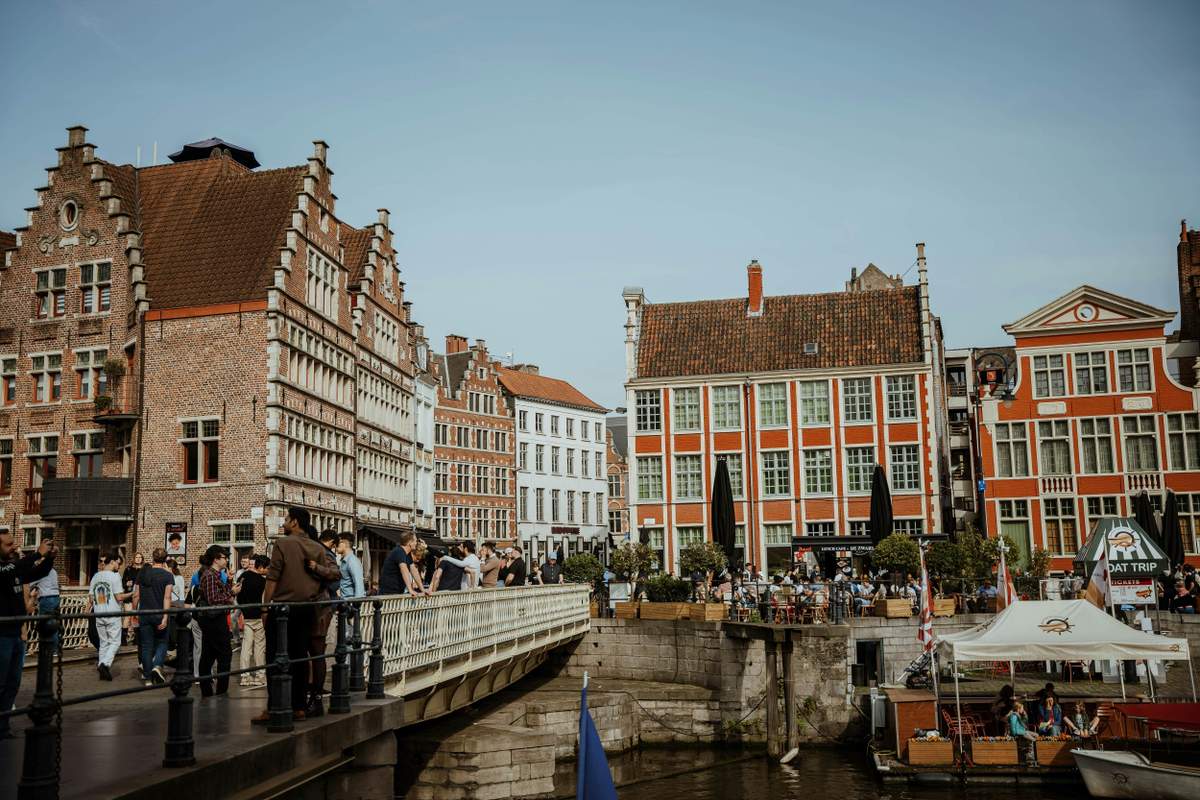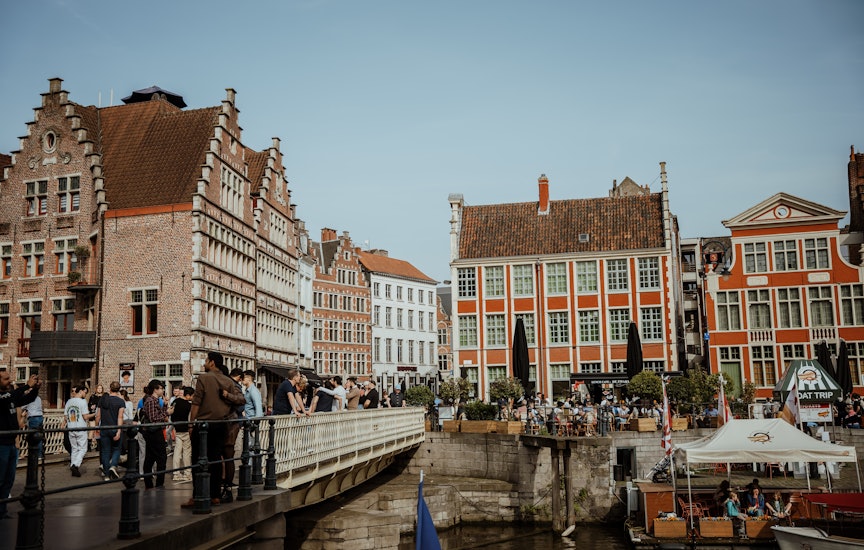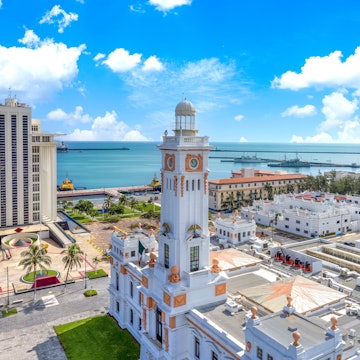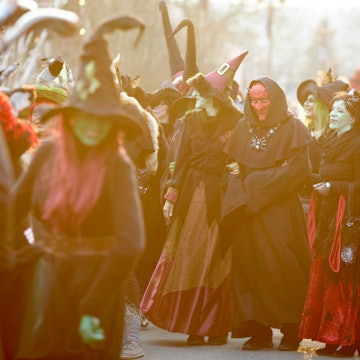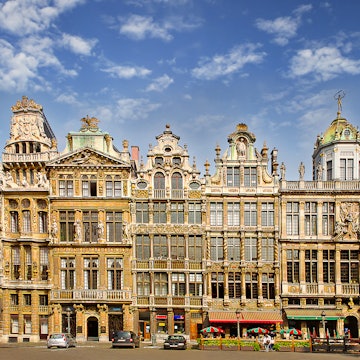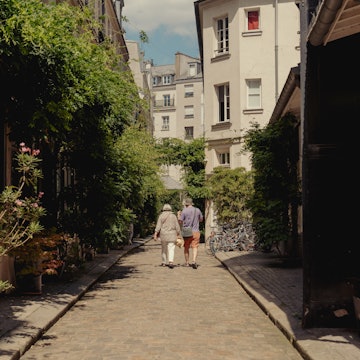

Experience the best things to do in Ghent with this guide to the region’s top attractions. Iryna Makukha/Shutterstock
Over the years, Ghent has often been dubbed “the new Bruges” – and that name still holds up incredibly well. While international travelers in Belgium still mostly head to Bruges and the capital by the thousands, Ghent has quietly become the country’s best-kept secret. Often paired with Bruges on day trips from Brussels, Ghent is well worth a visit on its own, with plenty to explore over one to three days. And when you visit the city for the first time yourself, you’ll want to return as soon as possible.
This is the power Ghent holds – once a European superpower, now an unsung treasure of a town with a strong artistic bent and a respectable student population. Today, Ghent is Begium’s third-largest city and one of the best places in Europe for culture. Eccentric museums and cozy waterfront cafes go hand in hand with the medieval city center Ghent is known for. And with dozens of local events happening every week, along with the yearly Ghent Festivities transforming the center into a high-energy urban festival, you won’t be bored anytime soon.
Plan your trip with this list of the best things to do in Ghent
1. Visit the medieval Gravenseen castle
Towering over the medieval city center is Gravensteen, the Castle of Counts. A journey through the heraldic culture of the 12th century is best experienced with the complementary audio guide, voiced by local comedian Wouter Deprez. He’ll tell you all about the complex history of the fortress, Count Philip of Alsace and his entourage who lived there, and the torture equipment they used. After its restoration, the Castle of the Counts gained international recognition thanks to the Ghent International Exposition of 1913.
Planning tip: Get a great photo of the castle on St-Widostraat.

2. Stroll along the riverbank at Graslei and Korenlai
In the shadow of the Castle of the Counts, you’ll find the Graslei and Korenlei, two quays along the River Lys. Historic facades are reflected in the river and you’ll find locals and travelers enjoying a sunny aperitif or two by the waterside.
Venture out a bit further and you’ll find two picture-perfect bridges looking out over the city’s medieval buildings: the poetic Grasbrug in the north and the cobbled Sint-Michielsbrug (Saint Michael’s Bridge) in the south. Just watch out for the buses and trams driving over the latter while you’re taking in the sights.
Planning tip: Go west of Grasburg at dusk to admire the picture-perfect “medieval” scene of waterfront gabled houses, gorgeous – if largely rebuilt in 1913.

3. Partake in the Ghent Festivities
With its origins in 1843, the Ghent Festivities take over Ghent’s inner city for 10 days every summer. At once an urban festival, cultural gathering and large-scale feast for the masses, outsiders might find that the Ghent Festivities’ appeal is not particularly easy to pinpoint. For dedicated locals, it’s a way of experiencing their city in perpetual motion, while for international visitors, it’s a high-energy explosion of good vibes. And, best of all: the event is free for everyone.
The main draw of this event is 13 music squares, each with their own style and personality, that have grown organically over the years. Local favorites include Polé Polé (a sultry Latin pop feast on the historic Graslei), Emile Braunplein (a colorful Mardi Gras celebration in the shadow of Ghent’s three iconic medieval towers) and Vlasmarkt (the place where merry-makers traditionally watch the sun come up after an eventful night).
Planning tip: In December, a similarly free event occurs in the city center. The Christmas market, also known as the Gentse Winter-feesten (Ghent Winter Festivities), includes over 150 wooden huts, pine trees and a roller rink.
4. Take a guided boat tour
The most popular way of discovering Ghent by boat is by joining a traditional guided boat tour from one of the different tour companies. These tours will take you around the city in 45 minutes to an hour, showing you all the highlights with explanations from a local. Prices and start times vary, but the boat companies’ waterfront information booths – mostly located around the Korenlei and Graslei – will tell you everything you need to know. Some of them also host night tours on the Lys or themed experiences, so it’s always worth asking around.
Planning tip: Would you rather take the wheel yourself? In Ghent, anyone over 18 can be captain for a day – even if you don’t have a boating license or any maritime experience. These boats tend to fill up quickly, so book in advance online. For two of the most popular rental companies, check out Minerva Boat Company and Booot.
5. Marvel at the picturesque St Nicholas Church
Three buildings from Ghent’s rise in the Middle Ages still survive today at just a stone’s throw from one another – St Nicholas’ Church, Ghent Belfry and St Bavo’s Cathedral. Known as the Three Towers, they are located in the heart of the city and define Ghent’s skyline.
The oldest and westernmost of the three towers is Sint-Niklaaskerk (St Nicholas Church), dating back to the early 14th century. One of the top tourist attractions in Ghent, this church in its current form was constructed in Tournai blue-stone. St Nicholas’ Church contains altars, paintings, stained-glass windows and sculptures from different artistic movements.
Planning tip: St Nicholas’ Church is free to visit, as is St Bavo’s Cathedral.

6. Climb the tower steps at the Belfry of Ghent
The Ghent Belfry, one of the Three Towers, was constructed in 1380 and is now recognized as a UNESCO World Heritage Site. The ardent dragon atop the tower, Ghent’s symbol and mascot, serves as the guardian of the city’s historic heart. The Belfry as a whole symbolizes the city’s urban prosperity and independence. Climb the tower for a breathtaking – literally, hold on to your hats – panoramic view of Ghent.
Detour: An otherwise unsuspecting building next to the Ghent Belfry is home to a small sculpture that tells the Roman Charity story of Cimon and Pero. The sculpture is called Mammelokker (“breast sucker” in the local dialect).
7. See the Ghent Altarpiece at St Bavo’s Cathedral
Closing out the tower row is Sint-Baafskathedraal (St Bavo’s Cathedral), where construction finished in 1559. The predecessor of the modern-day cathedral was a 12th-century Romanesque church, of which only the crypt remains. The cathedral houses Jan Van Eyck’s infamous polyptych The Adoration of the Mystic Lamb, also known as the Ghent Altarpiece.
Local tip: Are you looking for a great spot to photograph all three towers at once? Head west towards the Sint-Michielsbrug and look back for a picture-perfect view.

8. Grab a local Belgian beer
Belgium is the world's undisputed beer capital, with a huge array of varieties to sample, including those made by the country's five Trappist breweries (and hipsters in their basements). Classics range from self-fermenting lambics to classic Trappist masterpieces created by monks in active monasteries. One of Ghent’s best-known “brown cafes” is 15th-century beer pub Dulle Griet, which features heavy beams, a heraldic ceiling, barrel tables and lacy lampshades that all add character. With a large selection of over 500 beers, the pub is famous for its requirement that you give a shoe in exchange for a glass.
Other worthy beer spots include Jan van Gent, a local favorite thanks to its quirky interior, friendly bartenders and fun atmosphere; Café Albatros, a no-nonsense pub known for its handcrafted beer and summer parties; Trollekelder, a library-turned-beer-bar with over 300 Belgian and international beers; and Ray, a glass structure in the shadow of the imposing Sint-Niklaaskerk. For live music, go to Hot Club, an intimate jazz bar hidden behind a narrow alley.
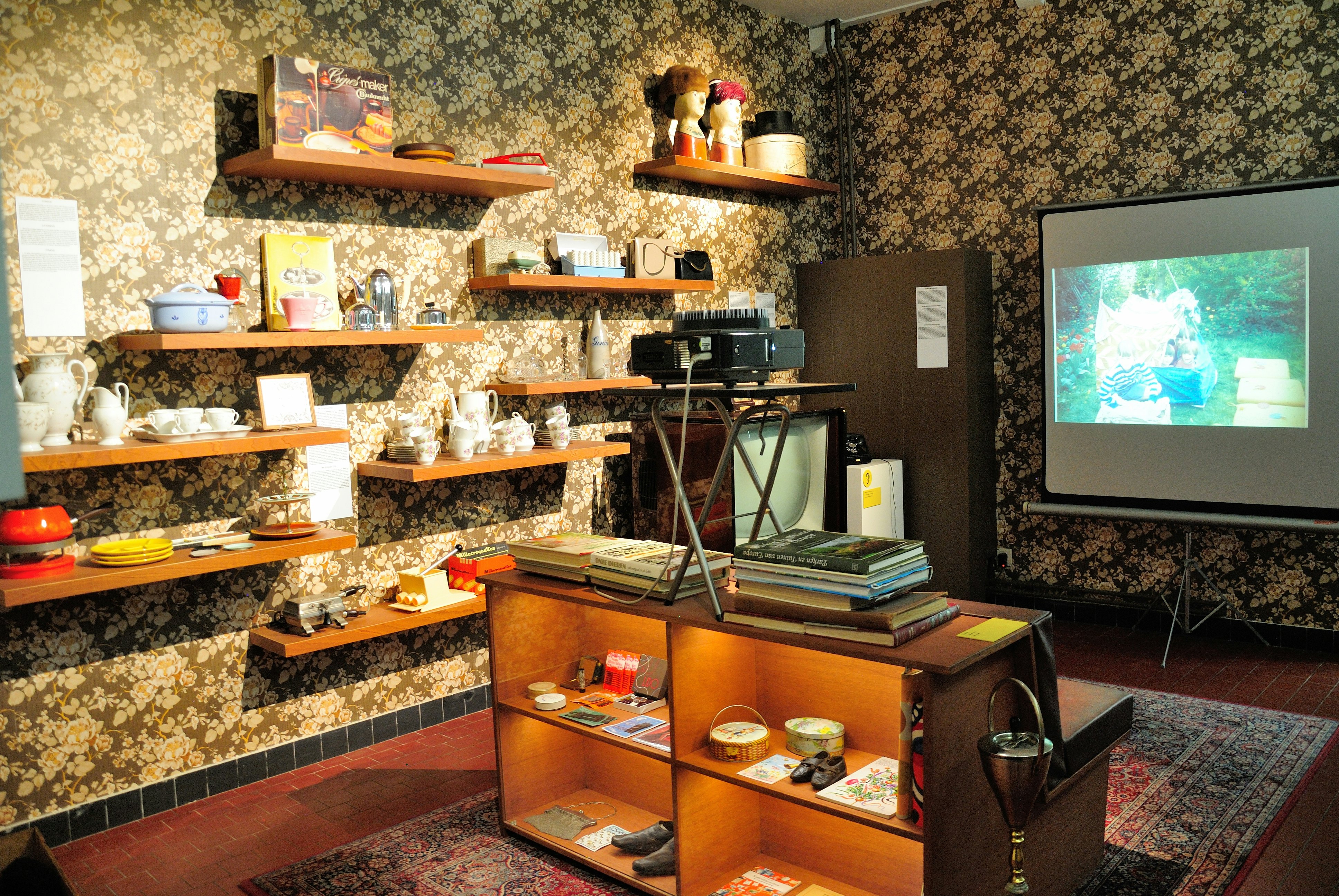
9. Explore unique museums about daily life
If Belgium is an offbeat destination, Ghent has the museums to prove it. Sure, some of them are centred around modern (Stedelijk Museum voor Moderne Kunst, or SMAK) or classical art (Museum voor Schone Kunsten, or MSK). But where Belgium in general, and Ghent in particular, truly excel is at making the ordinary extraordinary – and the city has these museums to show for it.
The Huis van Alijn is, quite literally, the museum of daily life, exploring historic customs, traditions and rituals. How about seeing a 70-year-old coffee grinder or smelling laundry detergent of years gone by? Every room in the exhibition is linked to a date – like New Year’s Day or some couple’s wedding day in September – showing that life, in the end, is not at all ordinary.
Back in the north of Ghent is the Museum of Industry. Housed in an impressive old cotton mill, a number of permanent and temporary exhibits bring the building’s industrial past back to life. If you’re interested in inventions, printing or the textile industry, this is the museum for you.
10. Shop at local markets
The square in the historic center of Ghent, Vrijdagmarkt still features the Friday market it’s named after. Tempting cafes sit beneath step-gabled facades surveyed by a grand statue of Jacob van Artevelde, Ghent's 14th-century anti-French leader. On Fridays and Saturdays, shop for fresh food and explore the surrounding alleyways and historic buildings.
For gourmet food and treats, explore Groentemarket square. You’ll find cuberdons, a famous local confection sold exclusively in Belgium that features a raspberry jelly covered in a hard sugar shell, and Tierenteyn mustard, a local creation that dates to 1790. The Groentenmarkt is also home to the oldest bakery in Ghent, Oud Huis Him Himschoot.

11. See street art on Graffiti Alley
Near the city center, off Korentmarkt, is Werregarenstraatje (Graffiti Street), where street artists are free to express themselves. The result is a colorful, ever-changing public canvas of vibrant graffiti art. Local walking tours are available to learn more about how this sanctioned street art space is tied to Ghent’s free-thinking, artistic culture.
This article was adapted from Lonely Planet’s Belgium & Luxembourg guidebook published in July 2024.






